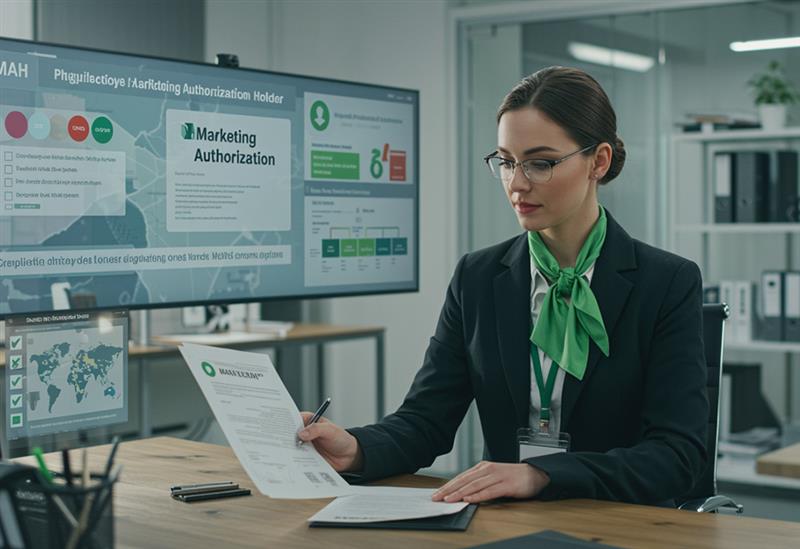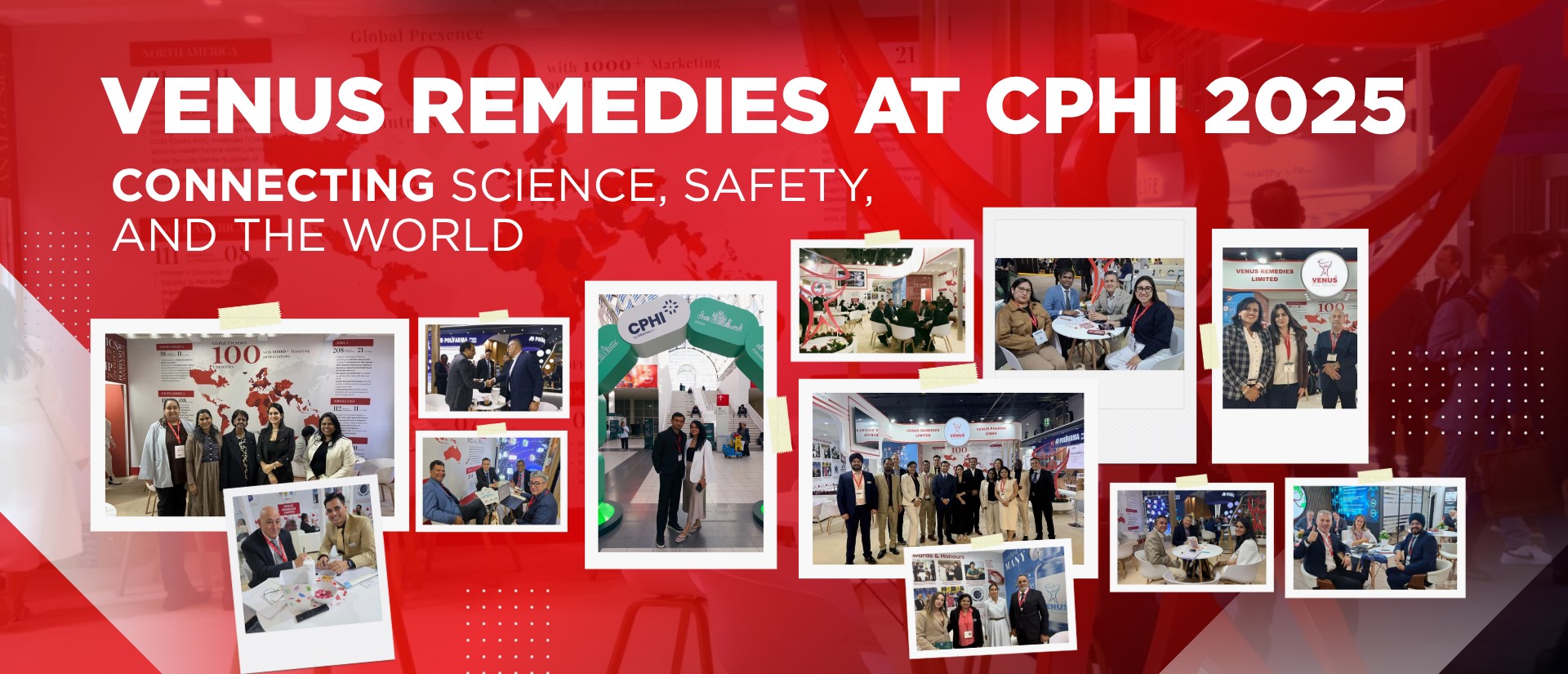
Pharmacovigilance might sound like a complex technical term, but it is actually a very basic concept. It means monitoring the safety of medicines once they are available on the market to help prevent adverse side effects or other problems. It has become increasingly crucial in ensuring patient safety and the effective use of medicines to maintain public health.
Pharmacovigilance & Its Evolution
Pharmacovigilance involves continuous monitoring of drugs to identify any potential risks or adverse reactions that were not apparent during clinical trials. Historically, the process relied heavily on manual reporting and analysis of adverse drug reactions (ADRs). Healthcare professionals, patients, and pharmaceutical companies would report adverse events, which were then reviewed and analyzed by regulatory authorities. This process, while effective, was often slow and labor-intensive, leading to delays in identifying and addressing safety concerns.
With the emergence of data analytics and digital technologies, pharmacovigilance has undergone significant changes. The integration of patient registries, electronic health records (EHRs), and mobile health apps has streamlined data collection and reporting. However, the real game-changer is the application of AI and other advanced technologies, which promise to revolutionize drug safety monitoring, making it more efficient, accurate, and proactive.
The Role of AI in Pharmacovigilance
Data Collection and Integration
Technologies powered by AI, like Natural Language Processing (NLP), machine learning, etc., are transforming the way data is collected and integrated. NLP algorithms automatically extract relevant information from unstructured data sources, including clinical notes, patient reports, social media, and research papers. This capability helps in combining large amounts of data from different sources, providing a more comprehensive view of drug safety.
Signal Detection and Analysis
One of its most critical aspects is signal detection – identifying potential safety issues related to pharmaceutical products. Machine learning algorithms can process extensive datasets to uncover patterns and correlations that might suggest adverse drug reactions. These algorithms can detect signals faster and more accurately than traditional methods, allowing for earlier intervention and better risk management.
Case Processing and Management
AI can also improve case processing and management by automating routine tasks like data entry, coding, and generating reports. This automation reduces the workload on pharmacovigilance professionals, allowing them to focus on more complex and value-added activities. Furthermore, AI-driven systems can ensure consistency and accuracy in case processing, minimizing the risk of errors.
Other Technological Advancements
Big Data and Analytics
The integration of big data and advanced analytics in pharmacovigilance enables the processing and analysis of large, diverse datasets. By leveraging big data, pharmacovigilance teams can gain deeper insights into drug safety trends and patterns. Advanced analytics methods, including predictive modeling and data mining, can identify potential safety issues before they become widespread, facilitating proactive risk management.
Blockchain Technology
Blockchain technology offers a secure, reliable, and transparent method to manage pharmacovigilance data. With its decentralized and immutable ledger, blockchain enhances data integrity and traceability. This technology is particularly helpful for tracking the lifecycle of pharmaceutical products, ensuring that safety information is accurate and tamper-proof. Additionally, blockchain can facilitate secure data sharing between stakeholders, improving collaboration and trust in the pharmacovigilance process.
Real-World Evidence (RWE)
Real-World Evidence (RWE) refers to the clinical evidence obtained from real-world data, such as electronic health records, insurance claims, and patient registries. The use of RWE in pharmacovigilance allows for the assessment of drug safety and effectiveness in diverse patient populations and real-world settings. Advanced technologies, like AI and machine learning, can analyze RWE to uncover valuable insights into drug safety, complementing traditional clinical trial data.
Mobile Health (mHealth) Technologies
Mobile health technologies, including wearable devices and health apps, have become increasingly popular among patients. These technologies can provide real-time health data, such as vital signs, medication adherence, and adverse event reporting. Integrating mHealth data into pharmacovigilance systems can enhance the monitoring of drug safety and improve patient outcomes. AI algorithms can analyze mHealth data to detect potential safety signals and provide personalized recommendations to patients and healthcare providers.
Benefits of Leveraging AI and Other Technologies in Pharmacovigilance
Enhanced Efficiency
Automating routine tasks and rapidly processing large datasets significantly improves the efficiency of pharmacovigilance activities. AI-driven systems can perform tasks in a fraction of the time required by manual methods, reducing the time and resources needed for drug safety monitoring.
Improved Accuracy
AI and advanced analytics can analyze data with greater precision, reducing human error risks. This accuracy is crucial in detecting subtle safety signals and ensuring that potential risks are identified and addressed promptly.
Proactive Risk Management
The ability to detect safety signals early and predict potential adverse events allows for proactive risk management. By identifying and mitigating risks before they become significant issues, pharmacovigilance teams can protect patient safety and prevent costly product recalls.
Better Resource Allocation
Automating routine tasks and improving efficiency allows pharmacovigilance professionals to allocate their resources more effectively. With more time available for complex and strategic activities, teams can focus on enhancing drug safety and improving patient outcomes.
Increased Transparency and Trust
Technologies such as blockchain can enhance data transparency and integrity, building trust among stakeholders. Secure and transparent data management ensures that safety information is accurate and reliable, fostering confidence in the pharmacovigilance process.
Challenges and Considerations
While the integration of AI and other technologies brings substantial benefits, it also presents challenges that must be addressed to ensure successful implementation. These include:
Data Quality and Standardization
The effectiveness of AI and advanced analytics depends on the quality and uniformity of the data being analyzed. Ensuring that data is accurate, complete, and consistent is crucial for obtaining reliable results. Establishing standardized data formats and protocols can facilitate data integration and analysis.
Regulatory Compliance
Pharmacovigilance activities are subject to stringent regulatory requirements. Implementing AI and other technologies must comply with these regulations to ensure that safety monitoring processes meet the necessary standards. Collaborating with regulatory authorities and staying informed about evolving guidelines is essential for compliance.
Ethical Considerations
The use of AI raises ethical considerations, particularly regarding data privacy and patient consent. Ensuring patients’ data is handled ethically and transparently is crucial for maintaining public trust. Implementing strong data protection measures and obtaining informed consent are essential steps in addressing these ethical concerns.
Integration with Existing Systems
Integrating AI and other technologies with existing pharmacovigilance systems can be complex. Ensuring that new technologies are compatible with current workflows and databases is essential for seamless implementation. Collaborating with technology providers and stakeholders can facilitate successful integration.
The Road Ahead
The future of pharmacovigilance will be increasingly shaped by AI and emerging technologies. These tools will enable more proactive, efficient, and accurate monitoring of drug safety. The integration of AI, blockchain, wearable devices, and big data analytics will improve our ability to detect and manage adverse drug reactions, improving patient safety and treatment outcomes.
Pharmacovigilance professionals, regulatory authorities, and technology developers must work together to address challenges and fully utilize these innovations. By embracing technological advancements while maintaining high standards for data privacy, quality, and ethics, the field will continue to advance, safeguarding patients and supporting the development of safer medicines.
In summary, the convergence of AI and other technologies marks a new era in pharmacovigilance, offering opportunities to enhance drug safety and patient care. A commitment to innovation, collaboration, and ethical practices will be key to shaping a future where pharmacovigilance is more effective, responsive, and patient-centered.
Latest Insights and Updates
Explore our latest articles on pharmaceuticals and healthcare.



